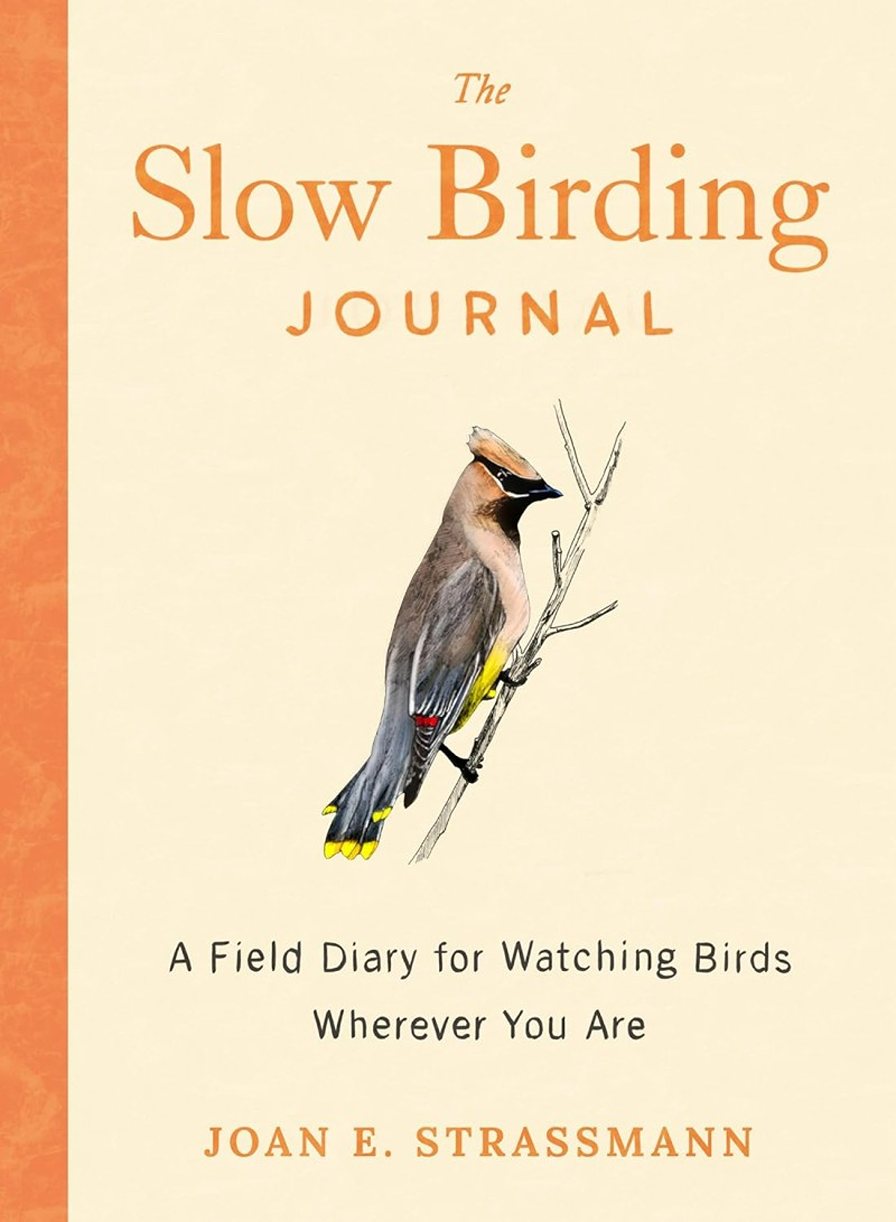Let’s Meet Cranes (England’s tallest birds!)

Betsy Siber (this is an American sandhill crane)
Common cranes are England’s tallest birds (around 25% taller than herons). They almost became extinct due to loss of habitat and hunting. Thankfully due to restoration of wetlands and peatlands, numbers are recovering.
Keep at least 50 metres away from wading birds, as flying away wastes energy that could be used for feeding (they need more space at high tide). Keep dogs away, as disturbing nests could cause birds to abandon chicks. Read more on keeping dogs safe at the seaside.
These graceful birds with long necks and curved tail feathers are mostly found in Norfolk, Cambridgeshire and Somerset, known for their beautiful courtship dances.
Over the border, American whooping cranes are also very tall, with sandhill cranes preferring marshy areas. Some cranes are such good fliers, they can cross the Himalayas! However many birds die of fatigue (or get eaten by birds of prey) on the journey.
The crane mating dance is fabulous. Each bird walks around each other with wings spread, using quick steps. Then leaps up in the air, to bow to each other. They pick up grass blades or sticks, and throw them in the air, to show their love!
Restoring our wetlands is the best way to help wading birds, as it provides natural food and habitat. In recent years, many wetlands have been lost to farming and building, so birds lose their nesting and feeding grounds.
Other issues are water pollution, raw sewage and climate change which changes weather patterns). So support small organic farmers that protect wildlife corridors, and avoid companies that use pesticide, that kill the creatures that wetland birds feed on.






